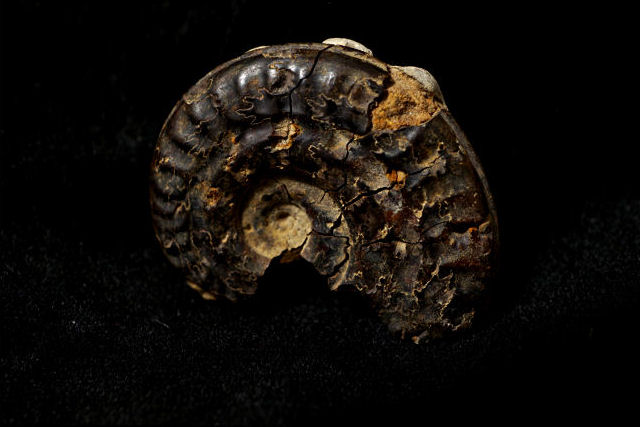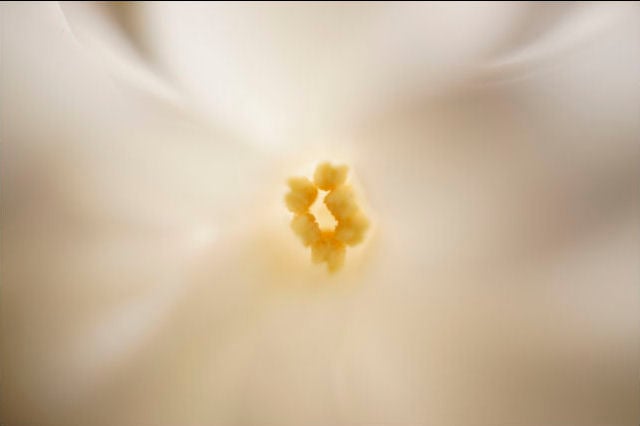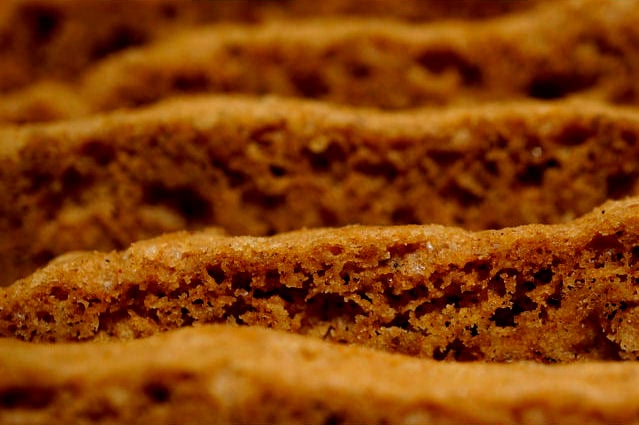pvdhaar
Peter
There's one lens in the NEX line-up that gets mentioned almost nowhere, and if it is, it's not given a lot of praise. Complaints include weak corner sharpness, short focal length and working distance, absence of OSS.. Yep, it's the 30/3.5 macro.
With my dslr gear traded in to go completely mirroless, I therefor hesitantly settled for 30/3.5 for close-up and macro work. What I discovered was that its reputation as a so-so lens is undeserved. OK, it's different from a 90mm macro, but not necessarily in a bad way.
Because of the shorter focal length, the 30mm shows more depth and doesn't flatten subjects like longer macros do. Great for small objects where you need a sense of scale..

Out of focus areas are smooth as silk..

Because of the shorter working distance, the 3.5-22 aperture range gives enough options to place the field and depth of focus exactly there where needed..

Absence of OSS hasn't troubled me a single bit. Shooting is often at small apertures with low shutter speeds, which require either a tripod or flash to get enough light. And between 1:2 to 1:1 magnification, OSS doesn't work anyway because camera shake is extremely magnified as well. So it's a smart thing that it's been left out and price has been kept low.
With my dslr gear traded in to go completely mirroless, I therefor hesitantly settled for 30/3.5 for close-up and macro work. What I discovered was that its reputation as a so-so lens is undeserved. OK, it's different from a 90mm macro, but not necessarily in a bad way.
Because of the shorter focal length, the 30mm shows more depth and doesn't flatten subjects like longer macros do. Great for small objects where you need a sense of scale..

Out of focus areas are smooth as silk..

Because of the shorter working distance, the 3.5-22 aperture range gives enough options to place the field and depth of focus exactly there where needed..

Absence of OSS hasn't troubled me a single bit. Shooting is often at small apertures with low shutter speeds, which require either a tripod or flash to get enough light. And between 1:2 to 1:1 magnification, OSS doesn't work anyway because camera shake is extremely magnified as well. So it's a smart thing that it's been left out and price has been kept low.
d__b
Well-known
I use it mostly to "scan" black&white film on my NEX-5. It works really well for that. Here's an example:

image by TheManWhoWasn'tThere, on Flickr

image by TheManWhoWasn'tThere, on Flickr
Ken Ford
Refuses to suffer fools
I use it mostly to "scan" black&white film on my NEX-5. It works really well for that. Here's an example:
image by TheManWhoWasn'tThere, on Flickr
What kind of rig do you use to shoot your negs?
d__b
Well-known
Sorry for the late answer. At the moment I am using a very quick&dirty approach:
I put the negatives in a holder I bought on Amazon (I think it is meant for some scanner). I then press this holder against a very old lenshood, that has just the right length to hold the negatives at a good distance to fill most of the frame. As a backlight I use my computer monitor. There's a lot of room for improvement in the setup ;-)
I put the negatives in a holder I bought on Amazon (I think it is meant for some scanner). I then press this holder against a very old lenshood, that has just the right length to hold the negatives at a good distance to fill most of the frame. As a backlight I use my computer monitor. There's a lot of room for improvement in the setup ;-)
Ken Ford
Refuses to suffer fools
Interesting - I've considered picking up one of those slide duplicators and trying digitizing that way, that's basically what you're doing.
d__b
Well-known
Yeah, the quality is much better than what you get from your average lab. Especially when you shoot the negatives in RAW. The only problem for me is color negative film, because I can't get rid of the orange mask without filtering the light before taking the picture. But for black&white and color slide film this works very well.
Share:
